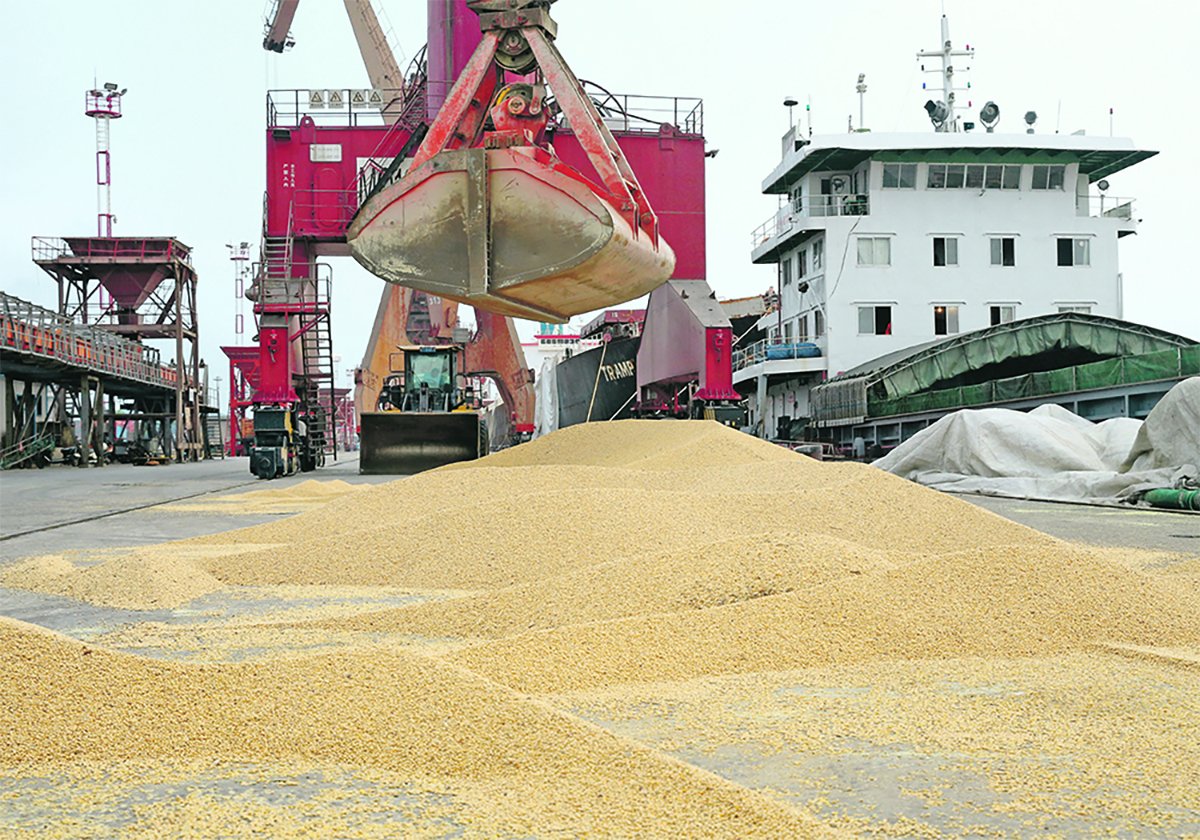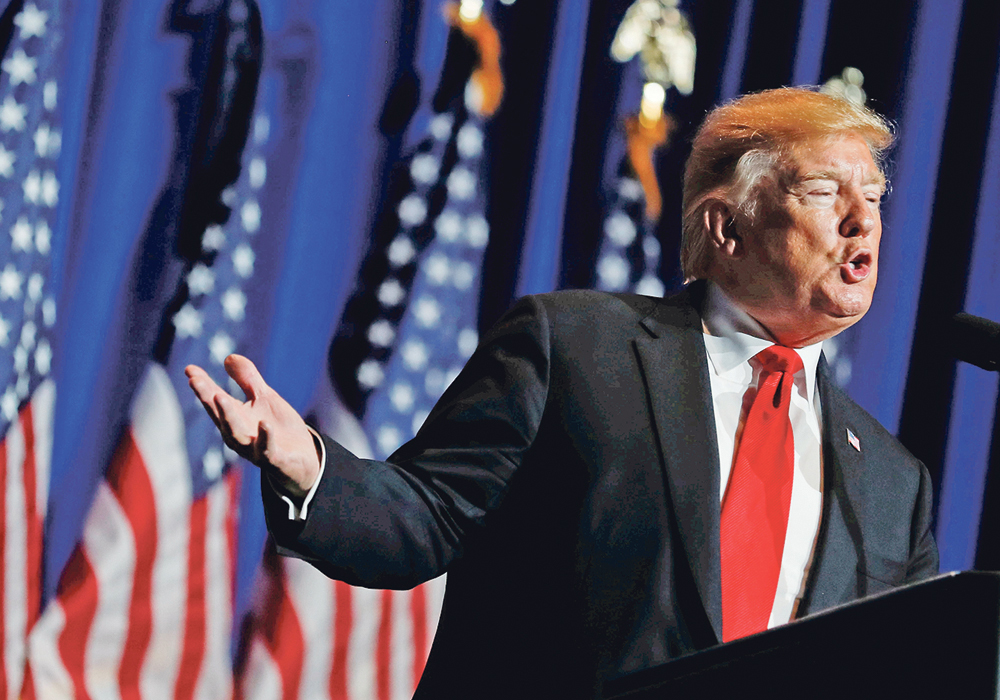Every pre-election poll for the U.S. presidential race saw it as a too-close-to-call nail biter. Not one predicted the sweeping victory posted by former, now President-Elect Donald J. Trump. How did all miss the coming rout?
And rout it was. Trump swept all seven of the swing states, a feat no candidate had pulled off in the six presidential elections this century. Also, few national candidates this side of Franklin Roosevelt dominated the rural vote like Trump; he crushed challenger Vice-President Kamala Harris by a bruising 63-to-36 percent.
Given the size of the win and its deep roots in rural America, the second act of a president Trump — if he carries through on his campaign’s incendiary promises — will deliver much uncertainty, even chaos, to U.S. agriculture.
Read Also

U.S. soy subsidies will cause lasting damage to industry
Nothing illustrates the demise of world trade agreements more than the recent dispute between the United States and China.
That’s especially true for two of his promises: deportation of undocumented immigrants and steep tariffs on imported goods. Both are as anti-big ag biz as anything any politician, Democrat or Republican, have ever suggested.
First, deportation. It is estimated that 70 percent of all food served in American homes and restaurants passes through undocumented migrant hands somewhere on its way from American farms to our plates.
According to immigration experts, a massive deportation program suggested by the president-elect would be a logistical tarpit. There are too few officers to locate the undocumented laborers, too little transportation to move detainees, and too much money to implement.
Current estimates suggest the most effective White House plan would deport one million undocumented immigrants per year at a cost of more than $96 billion. At that rate, it would take over 10 years and $1 trillion to carry out the Trump plan.
Meanwhile, a government-caused labour shortage in agriculture, construction and other service industries would cut U.S. economic growth by an estimated 4.2 to 6.8 percent over the next decade, while tax collections would drop by $940 billion.
Next up, tariffs. President-elect Trump has been adamant that his “beautiful” tariffs will be paid by the exporting country (they won’t), will grow U.S. employment (they never have), and won’t cause retaliation by aggrieved trading partners (they will).
The last Trump tariff fight with China, for example, was extremely costly. U.S. farmers received “$23 billion in trade payments to offset lost food and ag exports during the Sino-U.S. fight that ended in 2020,” notes FERN.
If there is even a slim chance that farmers and ranchers could dodge another White House tariff program, it likely rests on whomever the re-elected president chooses as trade representative and as secretary of agriculture.
A trade rep or secretary with direct ties to agriculture might slow the Trump tariff train. A rock-ribbed political supporter, like Texan ag commissioner Sid Miller or Nebraskan Charles Herbster, however, could clear the tracks for more tariffs and more market indemnification payments.
And, almost certainly, fuel today’s already-sinking ag exports, a vital element in U.S. farm policy and key driver of farm income.
Also, a Trump-fueled Congress has the political horsepower to pass the stalled farm bill, its $30 billion in food assistance cuts and higher, more costly crop insurance reference prices. If Senate Democrats continue to hold out during any lame duck session, the Republicans can simply wait until January to pass it without them.
So, too, the recently discussed $20 billion “emergency” farm payments scheme; if Congress wants it, Congress can soon deliver it.
The opposite is also true. If Congress chooses to kill the Biden administration’s multi-billion dollar climate change plan, it’s as dead as Caesar.
Just like the idea that there are no second acts in American politics.
Alan Guebert is an agricultural commentator from Illinois.















